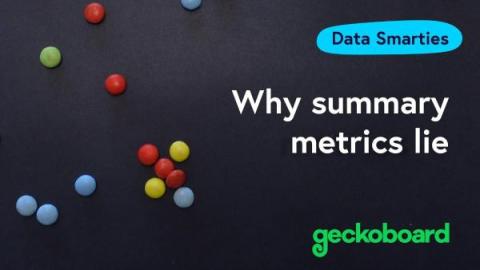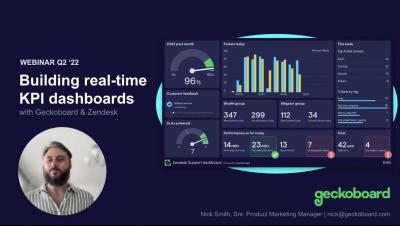Anscombe's Quartet - why summary metrics lie
In business, we use summary metrics all the time. A summary metric is just another way of saying you have summarized a series of data into a single data point – like a total or an average. Most of the time, when you report on business KPIs like Revenue, Customer Satisfaction, Acquisition Cost, or Lifetime Value, you’re doing so in the form of a summary metric. But summary metrics can be misleading, because they reduce complex patterns in your data down to simple, singular figures.











